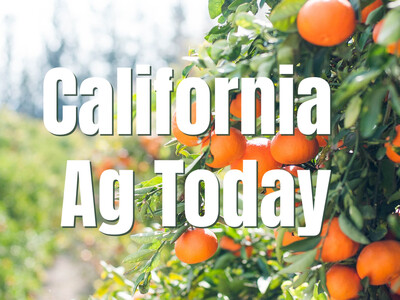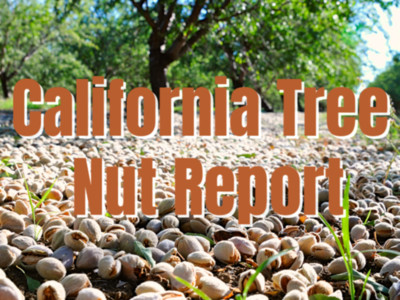Regenerative agriculture
Justin Render, product specialist says: “Incorporate things into the soil, like manures, fertilizers, soil amendments like ag lime as farmers are wanting to do their fall tillage and apply a cover crop behind it.” Some scientists disagree. In fact, several Big Food corporations jumping on the regenerative agriculture bandwagon, escalating the buzz around the idea that capturing carbon in the soil could reverse climate change. The company took the lead when it announced this spring that it would apply regenerative agriculture to 1 million acres by 2030 — about a quarter of the land from which it sources ingredients in North America.Undisturbed soil naturally contains carbon and microbes, but once it's tilled for farming, for instance, the carbon is released into the air. Regenerative agriculture, a term that is often used synonymously with “carbon farming,” is a set of practices that builds organic matter back into the soil, effectively storing more water and drawing more carbon out of the atmosphere. Examples include applying compost and employing managed grazing, as well as planting cover crops, which protect the soil in winter and prevent erosion while adding nutrients. Though scientists generally agree the practices, especially when used together, work to draw more carbon, there’s an ongoing debate on how much carbon can be stored that way and for how long.













